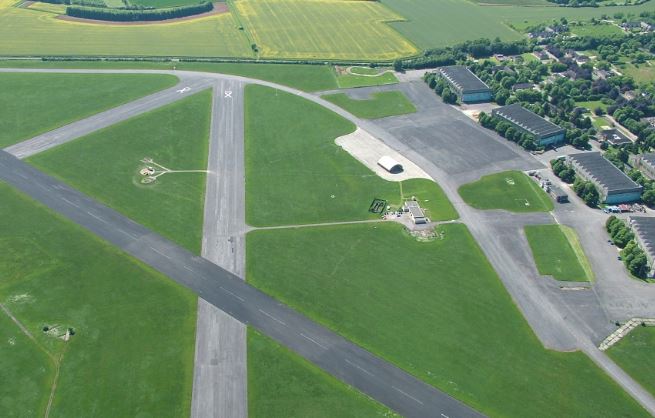4 Things Engineers Consider When They’re Designing an Airfield
In cases of delayed flights, you might have too much time to stare out the airport windows and wonder why an airfield is designed the way it is. Turns out, there’s a very precise method behind the runway layout, though they vary from airport to airport. These are the top five factors engineers must consider when breaking ground on a new airfield design.

Wind (and Weather)
In many ways, wind equals money in the airport world. It and bad weather can lead to canceled flights, rerouted planes and planes circling above waiting for a break to land, all costing airlines time and money. Wind is so important in airfield design that it dictates the directions runways are placed to take advantage of headwinds for takeoff and landing and to avoid crosswinds.
Relation to the Nearest City
Engineers must consider where the airport can go in relation to the city it’s supporting so that planes have enough room to safely land. An incoming airplane needs enough room to descend without the risk of colliding into buildings, so many airports are placed north or south of the city to align with east-west runways.
Runway Length
Length is one of the most calculated aspects of airfield design. When creating an airfield layout, designers must consider: possible headwinds that could slow the plane during takeoff; the distance where a pilot can abort a takeoff while still having enough room to safely brake; the length in relation to the speed required for a plane to lift off the ground; and the distance from obstacles once the plane is airborne.
Elevation
Air density plays a major role in an airplane’s ability to take off. At higher elevations, the air density is thinner, requiring more power and speed from the plane to get off the ground, and, therefore, requiring more time on the ground. This means that runways must be longer if they are at higher elevations.
An airfield’s design impacts how much air traffic it receives and whether it has room to expand in the future. Designers play an important role in determining not only the economic success of an airport but safety, too.